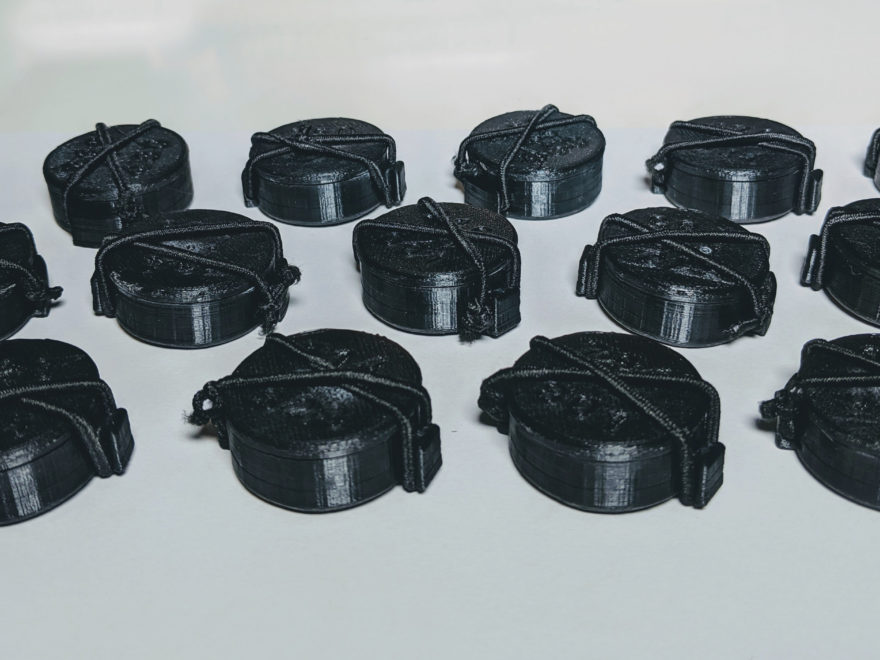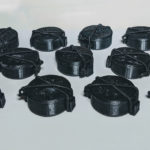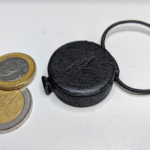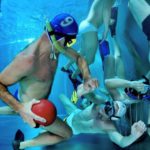Two years have passed since the development of pete3d started, and it has been one year since the first batch of the devices was shipped to customers in UK, Finland, and Austria.
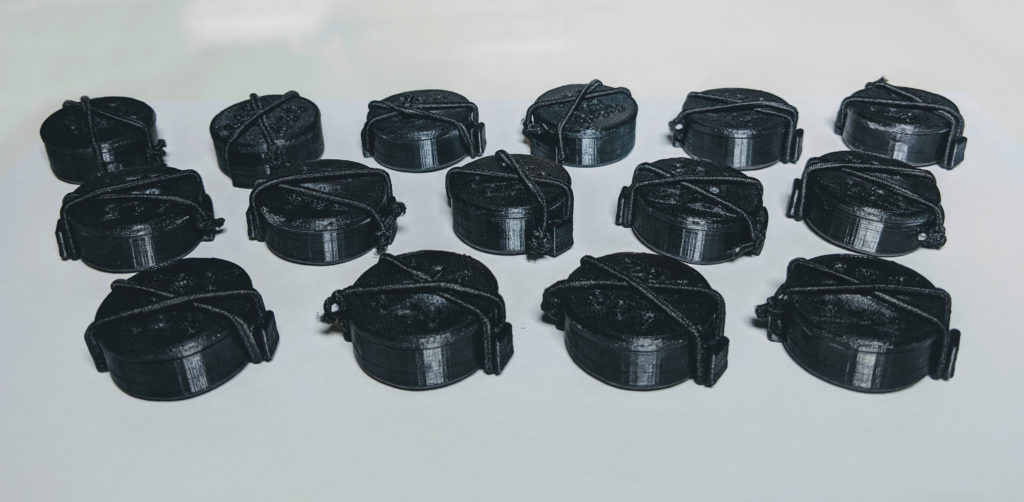
To put things that happened around this (hobby) project into perspective, here are some facts and figures for the last 12 months:
– 2 sports tracked
– 13 countries shipped to
– 894 dive logs recorded
– 1 printed article about the project, with 59.000 printed copies
– 1 firmware update
– 4 feature requests by users implemented
– 8 Android app updates
– 5-star Android App rating
It is clear that the idea of measuring the performance of underwater sports players resonated with many people, and that the project garnered a lot of interest.
I received a lot of feedback since the shipping started, and it reflected the
– installation and wearing comfort
– setting up the device
– data interpretation and analysis
– feature requests
I was happy about the feedback. It gave me a better idea of what to improve, in order to make the device and the app more useful, and bring it to the level where it is now.
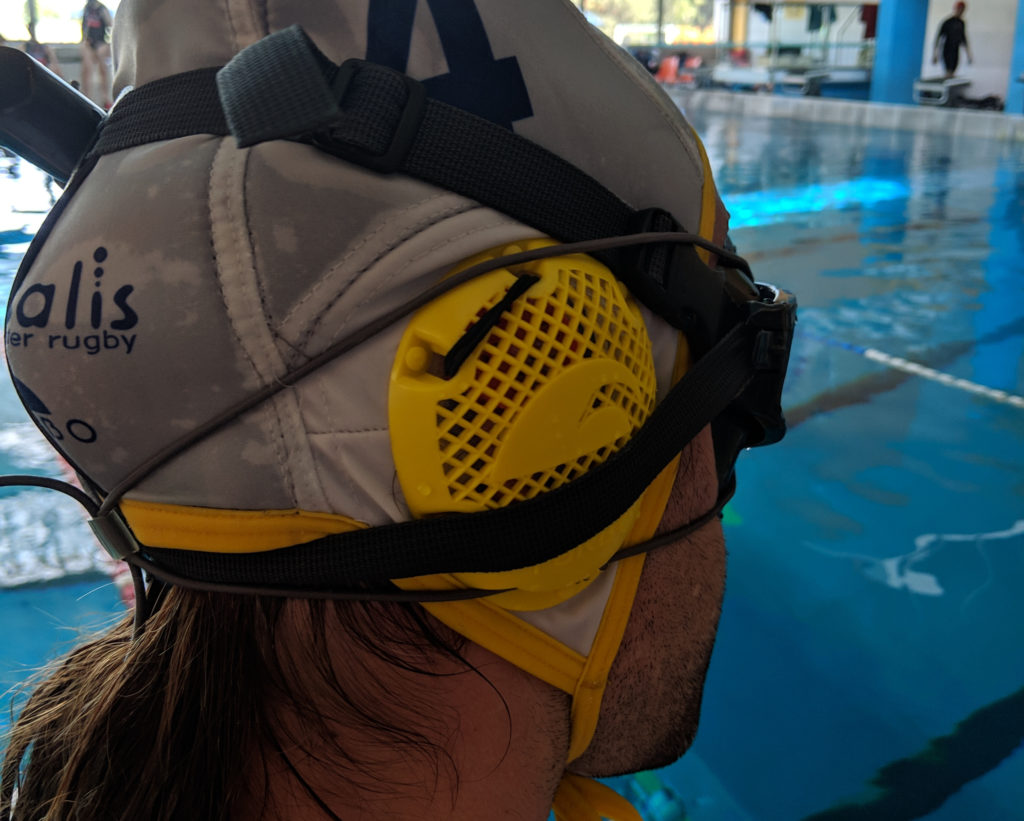
Besides, I implemented a browser tool to compare players’ performance in a single game. The coach can upload the dive log files of the players they want to compare for a single game, and a score is calculated for selected players in the form of a matrix. You can see the visualization in the following image, and check out the tool and a demo here.
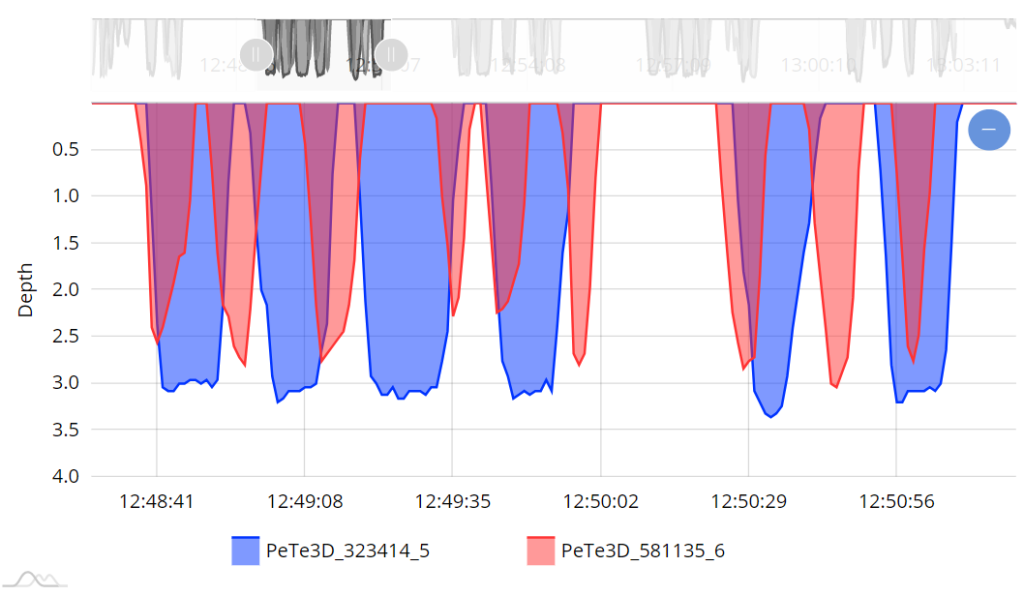
I was also interested in monitoring the heart rate during an underwater rugby game, so naturally, some measurement was done. I used a Garmin HRM-Tri heart rate monitor and synced the resulting heart rate data with the appropriate dive log data. Check out the demo here, and a visualisation below.

pete3d is also a part of the UWR Academy project. In the course of the project, formal verification of the correctness of data generated by pete3d was performed during the Underwater Rugby World Championships 2019 in Graz. I am also grateful to Wolfgang Tress and Julie Vercelloni, the main driving forces behind this UWR Academy collaboration. The following step is to find one or more underwater rugby teams, and equip them with pete3d devices. The data generated would be used to analyze players’ behavior, differences in positions, and to gain an insight on how to optimize training.
An article in the German divers’ magazine VDST Sporttaucher, published in January 2020, with 59.000 printed copies, also reported on the pete3d project.
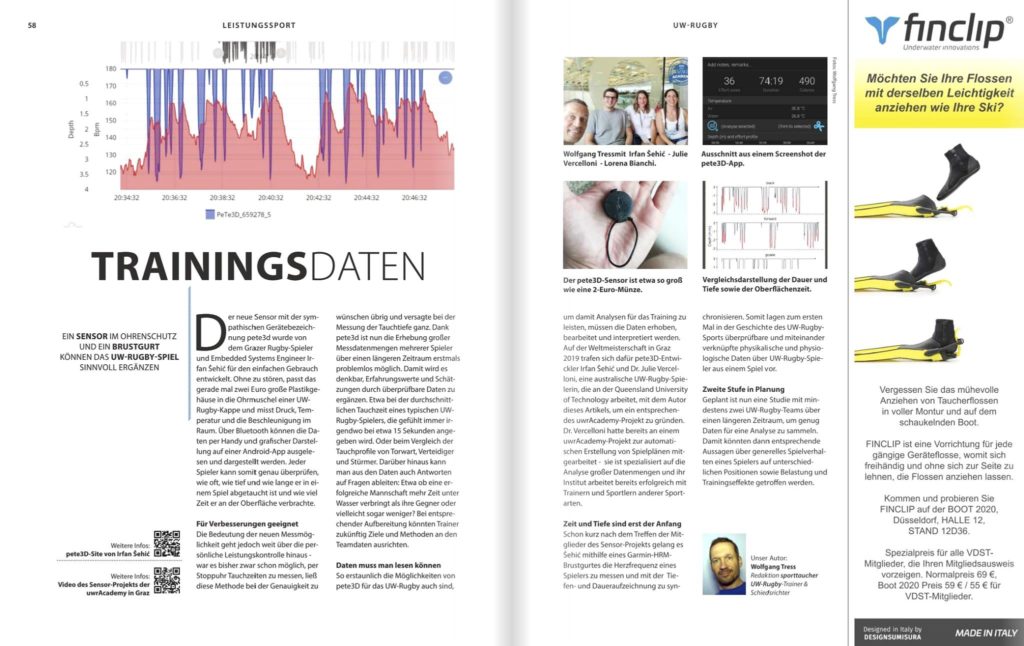
Now to the current state of affairs: The most recent Android app update enables the user to export all of the dive logs to a backup file, and import it back in the app. This is a useful feature for data safekeeping, or when the user buys a new phone and wants to transfer the data.

You can follow this link for the technical information about pete3d, and if interested, you can place an order here.
